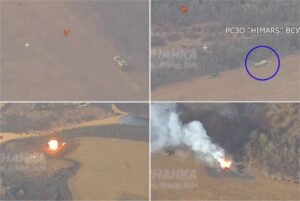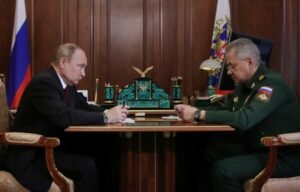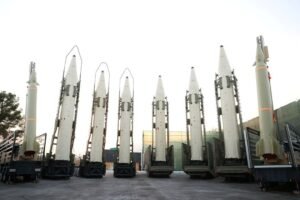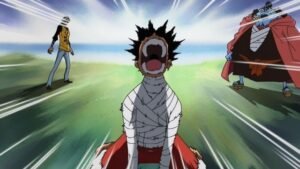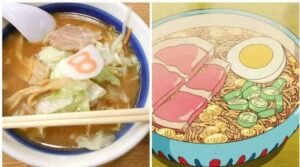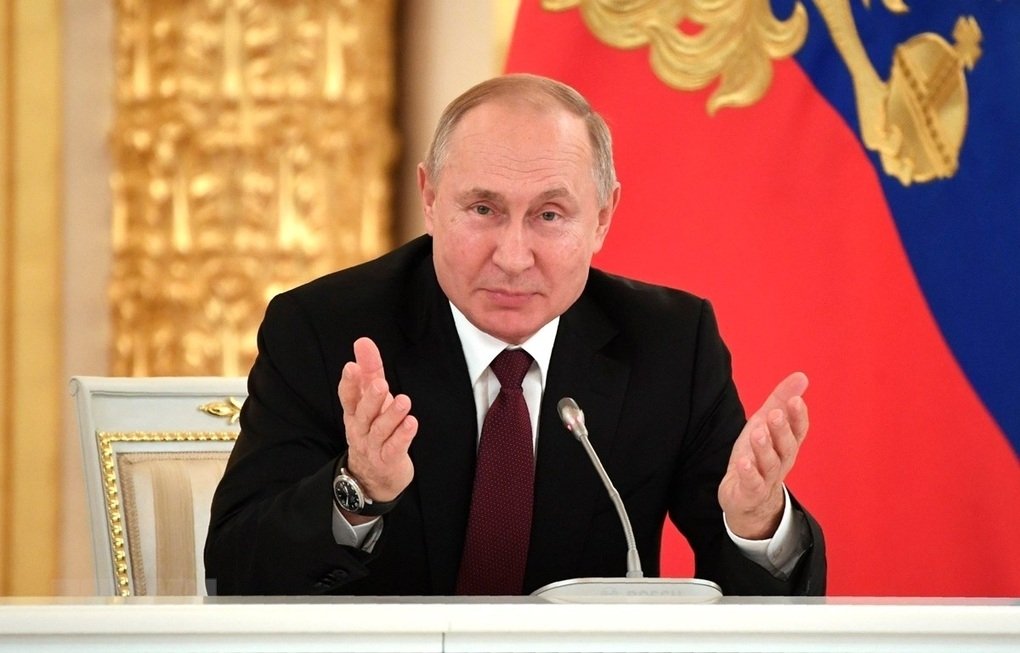
President Putin: Bringing Russia back to strength after the mistakes of the Soviet Union 0
(Dan Tri) – Inheriting the good traditional values in Russian history and Soviet history, President Putin has directed the Russian government to choose the most advanced and modern development model in the world.
Russian President Vladimir Putin (Photo: AFP).
President Vladimir Putin: Russia’s historical choice (part 3)
The results of the 2024 election can be predicted because Vladimir Putin is not only the president but also the leader of the Russian people.
Let’s find out why he is so highly trusted by Russians.
Receiving the legacy of the Soviet Union’s mistakes during the `reform` period
At the end of the twentieth century, socialist countries all reformed and opened up to the Western world according to different models, and many countries achieved brilliant successes.
Meanwhile, the `reform` from the mid-1980s, which was essentially reform and opening up to the world, brought the Soviet Union to the point of disintegration.
The Soviet Union’s crucial mistake was to completely abolish the state management system to develop the economy according to the free market mechanism.
As President, Boris Yeltsin eliminated the role of the Russian state in planning development strategies and left the national economy in the hands of the oligarchs that emerged after the dissolution of the Soviet Union.
In fact, Mr. Yeltsin mechanically applied the economic model of the American free market mechanism to Russia’s conditions.
According to economic experts, despite inheriting the position of the Soviet Union – the world’s second largest economic power, second only to the United States – the Russian Federation dropped to the level of developing countries after nearly two years.
Russia’s economic loss in the 1990s is estimated to be greater than the Soviet Union’s economic loss during World War II.

Vladimir Putin was chosen by Russia’s first President Boris Yeltsin as his successor (Photo: Itar Tass/Reuters).
Vladimir Putin must choose a new economic model
Inheriting the good traditional values in Russian history and Soviet history, President Putin directed the Russian government to choose the most advanced and modern development model in the world to determine the path of development.
According to the socially oriented market economic model in Russia, economic development follows the market mechanism to meet the growing social needs of the people.
Russia’s socially oriented market economy model after Mr. Putin entered the Kremlin inherits the experience of capitalist countries with developed market economies that have been successfully applied in many European countries, starting with
President Putin considers this model to be the `boulevard of human civilization` and has some of the following notable features:
Firstly, modernize traditional economic sectors such as oil and gas, agriculture, and transportation on the basis of prioritizing high-tech development.
Second, turn the process of technological innovation into an economic growth factor in all economic sectors, improve labor productivity in areas that determine competitiveness and reduce energy costs, increasing labor productivity.
Third, form a knowledge and high-tech economy that will play a leading role in the economy by 2020 and account for 17-20% of GDP.
Fourth, create a solid economic basis to implement social policies aimed at constantly improving and enhancing the quality of life for people.
Thus, the most important condition for developing a socially oriented market economy in Russia is to maintain a balance between the efficiency of the market economy and ensuring social justice, which harmoniously combines
The basic contents of developing a socially oriented market economy in Russia have been set out in the Long-term Strategy for Socio-Economic Development of the Russian Federation until 2020, the National Security Strategy of the Russian Federation.
In 2015, Russia’s TASS news agency completed a project to summarize and evaluate Russia’s achievements after 15 years of President Putin’s leadership.

The Kremlin is expected to take many measures to respond to the blockade and freezing of Russian assets by the US and the West (Photo: Musement).
Russia achieved a continuously high growth rate of 10% in the years 2000-2004 and in the following 3 years it always reached 6.5-7.3%, rising from 14th to 5th position in the world.
By 2023, under conditions of up to 17,000 sanctions imposed by the US and the West, `the Russian economy continues to grow and has become the largest economy in Europe and the fifth largest in the world in terms of
In the 1990s, Russia suffered from huge public debt and hyperinflation.
In 1999, Russia’s foreign debt was 78% of GDP. By 2014, this number had decreased to only 8.4% of GDP, much lower than many developed countries in the West.
In 2000, Russian inflation was at 20.2%.
A particularly important thing that speaks to Russia’s development is the formation of a large new social class, which in the West is called the `middle class`.
According to Vladimir Putin, Russia’s future economy needs to meet the increasing needs of the entire society, creating higher labor income, more interesting and creative work, creating great possibilities.
This is the most important thing, not just the GDP figure, the volume of foreign currency reserves in gold, the high reputation of international rating organizations or Russia’s high position among economies.
First of all, every Russian citizen must feel positive changes in the economy.
(To be continued)
